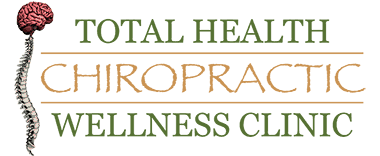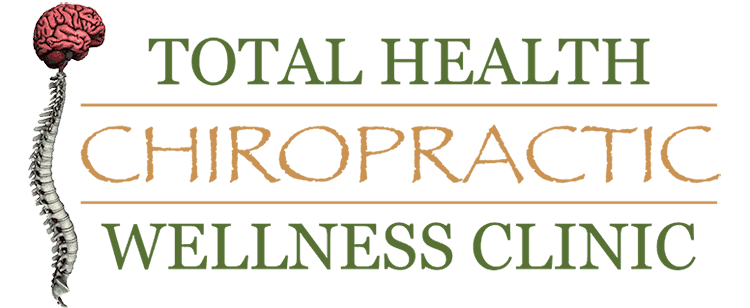The opioid drug epidemic continues to negatively impact more and more people. Eighty percent of heroin users in America began their journey to addiction with a physician-prescribed opioid for pain relief. Opioid drugs kill tens of thousands of people every single year leaving kids, spouses, and families behind. Most of these tragedies begin with well-intentioned adults simply trying to live a normal, pain-free life. A heart-breaking study completed in 2018 compared the efficacy of using opioids to the use of over-the-counter NSAIDs (non-steroidal anti-inflammatory drugs) to reduce pain. The tragic results determined that “treatment with opioids was not superior to treatment with nonopioid medications for improving pain-related function over 12 months. Results do not support initiation of opioid therapy for moderate to severe chronic back pain or hip or knee osteoarthritis pain.” Nonopioid medications used in the study include paracetamol (Panadol), NSAIDs, other adjuvant oral medications, topical analgesics, and even tramadol. Examples of NSAIDs include aspirin (Nu-Seals, Disprin), ibuprofen (Nurofen, Nuprin, Advil, Motrin), diclofenac (Difene, Voltarol, Arthrotec) and naproxen (Vimovo, Naprosyn, Aleve). Some trade names of paracetamol and these different NSAIDs are listed within brackets above.
Using opioids goes hand in hand with a myriad of risks and long-term harm. Doctors and patients often assume those risks in exchange for the immediate outcome of pain relief. This new 2018 research determined that NSAIDs performed better than opioids for people with chronic pain. In this study, “chronic pain was defined as pain nearly every day for 6 months or more.” Treatment with opioids did not result in better pain-related function over a 12-month period among patients with chronic back pain, hip pain, or knee osteoarthritis pain. Opioids also caused significantly more medication related adverse symptoms than non-opioid medications.
The opioid and addiction epidemic plaguing Ireland, America, and other countries creates an intellectual revolution through necessity. The Irish Times on 5th February 2018 reported: “‘Broken’ health care system to blame for huge rise in opioid use, say GPs – Prescriptions for powerful painkillers increased by over 1,000% in the last decade.” People constantly seek education and treatment methods with less long-term risks and side effects. Few interventions produce more drug-free success stories than Chiropractic care. Chiropractic adjustments help alleviate pain and improve whole-body function by gently adjusting the spine to increase alignment and mobility. The initial step in reaping the benefits of Chiropractic comes from awareness of the range of long-term benefits which accompany nervous system and spinal care.
Pressing a combination of the “control-alt-delete” buttons on a computer commonly resets and reboots a software system. That metaphor applies to the human nervous system each time a skilled Chiropractor administers an adjustment to the central nervous system. The reboot improves alignment, posture, mobility, coordination, and overall function. Better alignment and mobility also reduce pain and improve performance throughout the body.
Evidence-based research and clinical results continue to prove the value of Chiropractic care for people struggling with chronic pain. The first step towards long-term relief comes from understanding the health potential which comes from regular Chiropractic care. Studies continue to prove that opioid use and addiction ruins lives and destroys families – usually among people who simply want to experience life without pain. Advances in pharmaceutical pain medications ultimately provide a worse solution than simply relying on basic over-the-counter NSAIDs. A better solution already exists in the form of healing the body and allowing the power within the body to resolve pain permanently. The opioid epidemic proves that the answer for pain and health does not come from a bottle of pills. Chiropractic care offers a path to optimal health by unlocking the healing potential within the body and central nervous system.
References:

